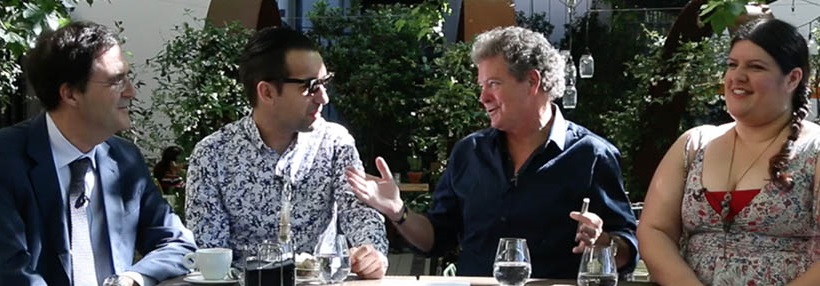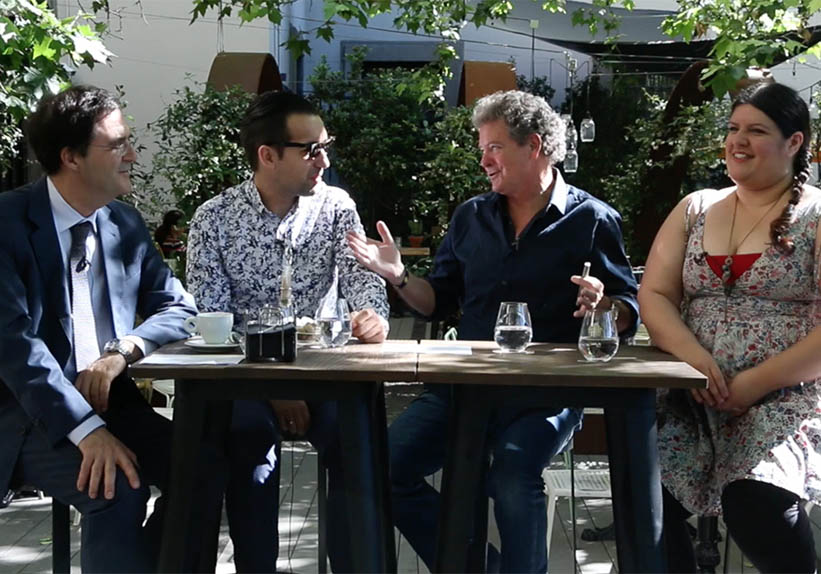
What is the circular economy? Give new life to your things and complete the circle
30 of June of 2016
Vicente Galván, Director of the Environment Competence Centre at Ferrovial Services, was invited by journalist Juan Luis Cano to a new chapter of the most sustainable and environmentally-friendly programme on the radio, Verde y con Asas (part of M80 radio’s Ya Veremos). The journalist and his two assistants, comedians Miguel Lago and Coria Castillo, talked with him about the circular economy and what we can all do to help the environment.
The circular economy is a relatively new concept which, though growing in popularity, is not yet very well known. So here is a transcript of the best moments of the interview to give you a better understanding of what it actually is.
What you should know about the circular economy?
What is the circular economy?
In everything we do, in every new product we design, we have to think of the future in order to close the circle. This means that every article or every asset that we own must be useful to us now, but should also be put to some use in the future.
Is it a question of build-up, or of giving things a new lease of life?
Comedian Coria Castillo talks of the Diogenes syndrome. But the circular economy is not just about building up our assets, rather it is about giving things a new lease of life.
Is it regulated?
Although as a concept it is less than 5 years old, the European Union and the USA are already starting to bring out rules and regulations.
Is what each person does important?
We sometimes think that small gestures mean nothing, but individual gestures and behaviours add up to something much bigger. That’s why it’s important to “think global, act local”.
What can we do to help?
Vicente Galván explains some of the actions with which we can contribute individually to the circular economy.
Are there any studies showing how much can be saved?
Both public institutions and private companies monitor the cycle to identify how much money we are saving with this process.
Do you have more questions about climate change?
Listen to the full programme Verde y con Asas here. If you have any questions, send them toFerrovial’s Twitter profile, with the hashtag #VerdeYconAsas.






There are no comments yet